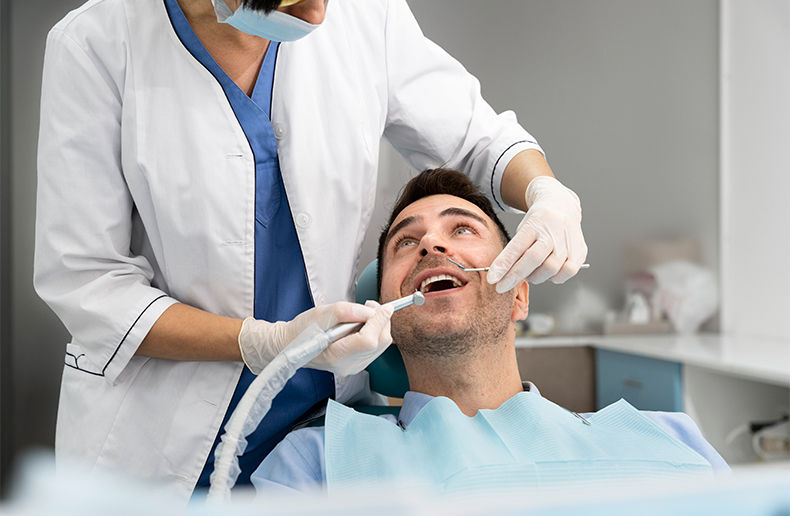A new study from Statistics Canada, Looking at the economic impact of the COVID-19 pandemic on the Canadian dental industry, examines how economic output, job levels and total hours worked in the Canadian dental industry were affected by the pandemic. It notes that following disruptions which saw the elimination of 17,825 jobs nationwide (15.4 per cent of the industry’s workforce), dental office jobs have rebounded in 11 out of 13 provinces and territories, to levels well above those reported in 2019.
“With the anticipated increase in demand for oral health care resulting from the implementation of the Canadian Dental Care Plan (CDCP) in 2024, it is important to better understand if the Canadian dental industry has recovered,” they write.
The study found that between 2019 and 2020, total output by the industry fell 14.6 per cent to $15.5-billion. In 2021, output in the dental industry rose by 22.7 per cent to $19-billion, surpassing the $18.1-billion reported in 2019. “Dental office jobs increased by 24.1 per cent (23,635 jobs) over the same period, bringing the total number of jobs in the industry above pre-pandemic levels. By 2022, the industry continued to grow, with output increasing 5.5 per cent to nearly $20-billion,” they state.
Total hours worked
The report also looks at total hours worked (by 2023 the industry recorded nearly 196 million hours, a 12.5 per cent increase over pre-pandemic levels recorded in 2019), and at regional disparities (Nunavut and the Northwest Territories are the only jurisdictions with job number below that reported prior to the pandemic). “With the easing of restrictions in 2021, dental offices largely experienced a recovery, though this rebound was not consistently seen across Canada,” they write.
The report notes that the dental industry was the sole ambulatory health care service sector to experience pandemic job losses. Comparatively, physicians offices and other health care providers were able to switch towards alternative modes of patient care such as virtual appointments which were generally not possible to provide to those seeking dental care.















